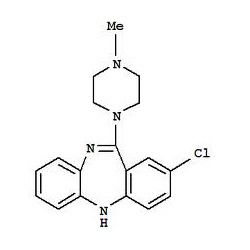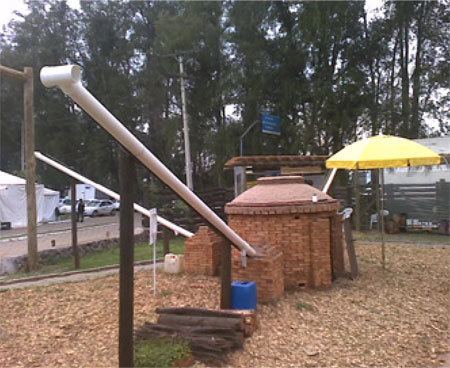Appearance Yellow to red liquid | Related compounds | |
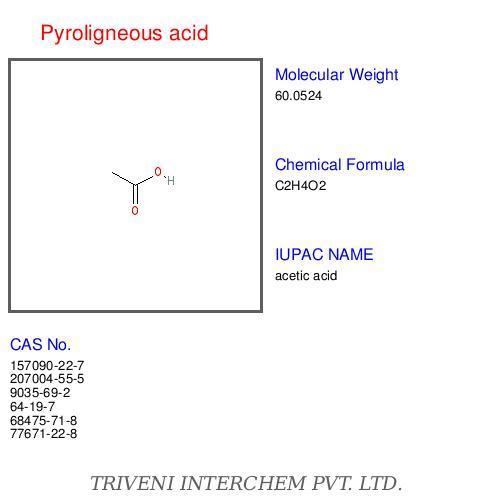 | ||
Pyroligneous acid meaning
Pyroligneous acid, also called wood vinegar or wood acid, is a dark liquid produced by the destructive distillation of wood and other plant materials.
Contents
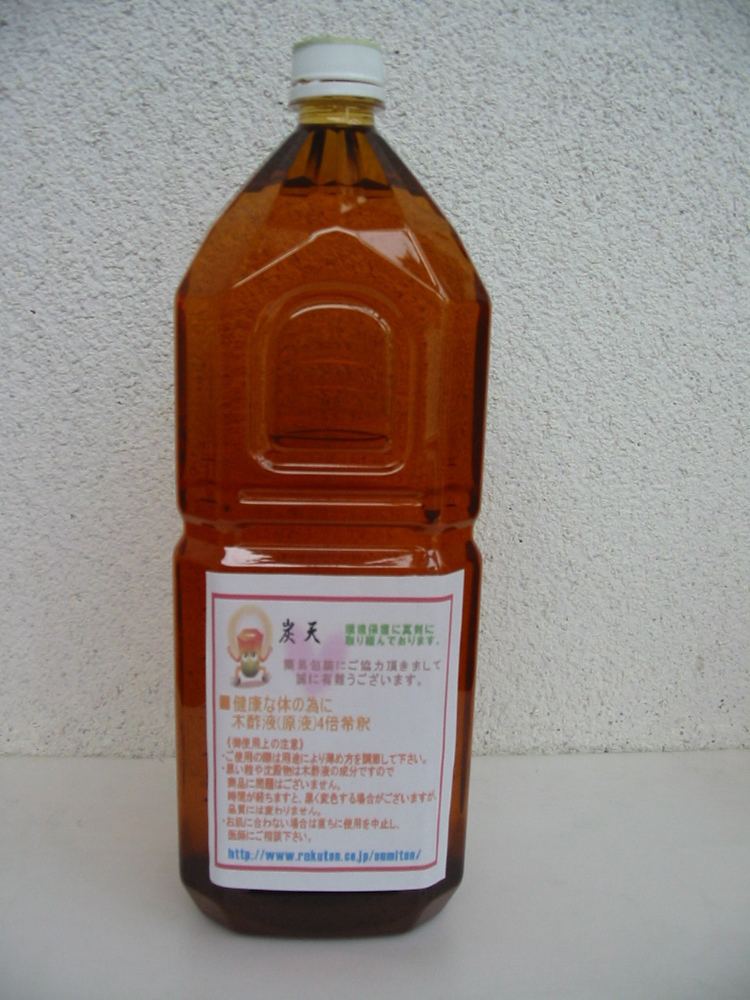
Composition

The principal components of pyroligneous acid are acetic acid, acetone and methanol. It was once used as a commercial source for acetic acid. In addition, the vinegar often contains 80-90% water along with some 200 organic compounds.
History
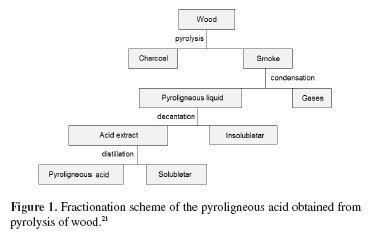
Pyroligneous acid (acetum lignorum) was investigated by German chemist Johann Rudolph Glauber. The acid was eaten as a substitute for vinegar. It was also used topically for treating wounds, ulcers and other ailments. A salt can be made by neutralizing the acid with a lye made from the ashes of the burnt wood.
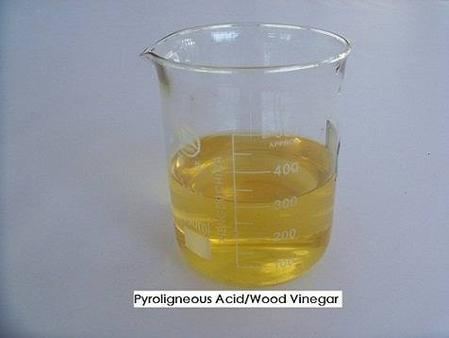
During the United States Civil War it became increasingly difficult for the Confederate States of America to obtain much needed salt. Curing meat and fish with pyroligneous acid was attempted by cooks to compensate for this deficiency. Unfortunately for the Confederate States Army it was not a comparable method of food preservation.
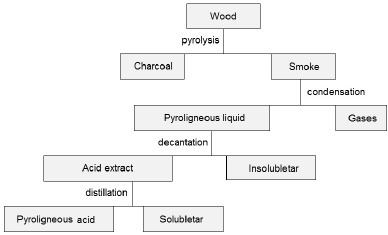
In the nineteenth century, pyroligneous acid was used to prepare an impure aluminium sulfacetate mordant for use with cotton, but the resulting mixture was empyreumatic and Ganswindt recommended its use be abandoned in favour of purer preparations in 1899. Empyreuma is an obsolete chemical and medical term referring to "the smell and taste associated with burning vegetable and animal matter."
